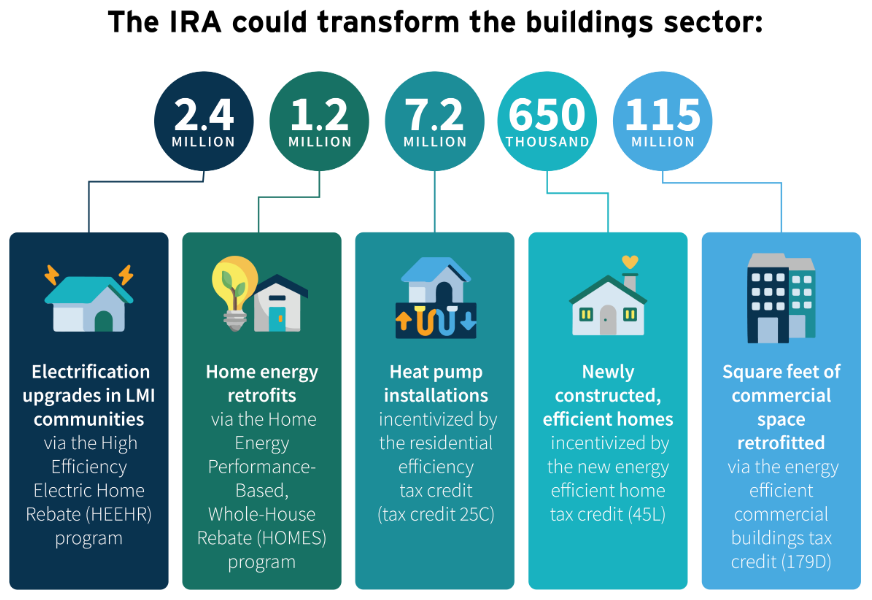Thermography meets Blower Door
- Biraj Bhandari
- Jan 27, 2023
- 3 min read

Drone thermography combined with a blower door test is a powerful tool for identifying and addressing energy efficiency issues in buildings. This technology can help to identify areas of air leakage, insulation deficiencies, and other issues that can lead to high energy costs and poor indoor air quality.
Thermography is a non-destructive testing method that uses infrared cameras to capture thermal images of a building. These images can reveal areas of the building where heat is escaping or where insulation is lacking. A drone equipped with a thermographic camera can provide a detailed and accurate thermal analysis of a building from the outside, capturing images from difficult-to-reach areas such as the roof, walls, and eaves.
A blower door test, on the other hand, is a diagnostic tool that measures the airtightness of a building. A powerful fan is used to depressurize the building, and any leaks in the building envelope are revealed by the presence of air flowing into the building. This test allows the building's airtightness to be quantified and helps to identify the most significant sources of air leakage.
When combined, drone thermography and blower door testing can provide a comprehensive assessment of a building's energy efficiency. The thermal images captured by the drone can be used to identify areas where heat is escaping, and the blower door test can be used to identify the specific locations of air leaks. Together, these two tests can help to create a detailed map of a building's energy efficiency, including areas where insulation is lacking and where air is leaking.

One of the major benefits of this technology is that it allows for quick and efficient identification of energy efficiency issues in a building. The use of a drone eliminates the need for scaffolding or other access equipment, reducing the time and cost of the assessment. The thermal images captured by the drone can be analyzed in real-time, providing immediate feedback on the building's energy efficiency.
The use of this technology also provides a level of safety, as it eliminates the need for people to access dangerous areas of the building such as roofs and eaves. Additionally, the use of a drone allows for a more thorough assessment of the building, as it can capture thermal images from difficult-to-reach areas that would otherwise be difficult to access. Another benefit of this technology is that it can be used to monitor the building's energy efficiency over time. By periodically repeating the drone thermography and blower door test, it is possible to track the building's energy performance and identify any changes that occur over time. This can help to identify any problems that may develop, and to make any necessary changes to the building to improve its energy efficiency.
In conclusion, drone thermography combined with a blower door test is a powerful tool for identifying and addressing energy efficiency issues in buildings. It provides a comprehensive assessment of a building's energy efficiency, including areas where insulation is lacking and where air is leaking. The use of a drone eliminates the need for scaffolding or other access equipment, reducing the time and cost of the assessment. Additionally, it provides a level of safety and allows for a more thorough assessment of the building, and it can be used to monitor the building's energy efficiency over time. It is important to note that it is best to consult with a professional to ensure the correct use of the technology and the interpretation of the results obtained.

_edited.png)



Comments